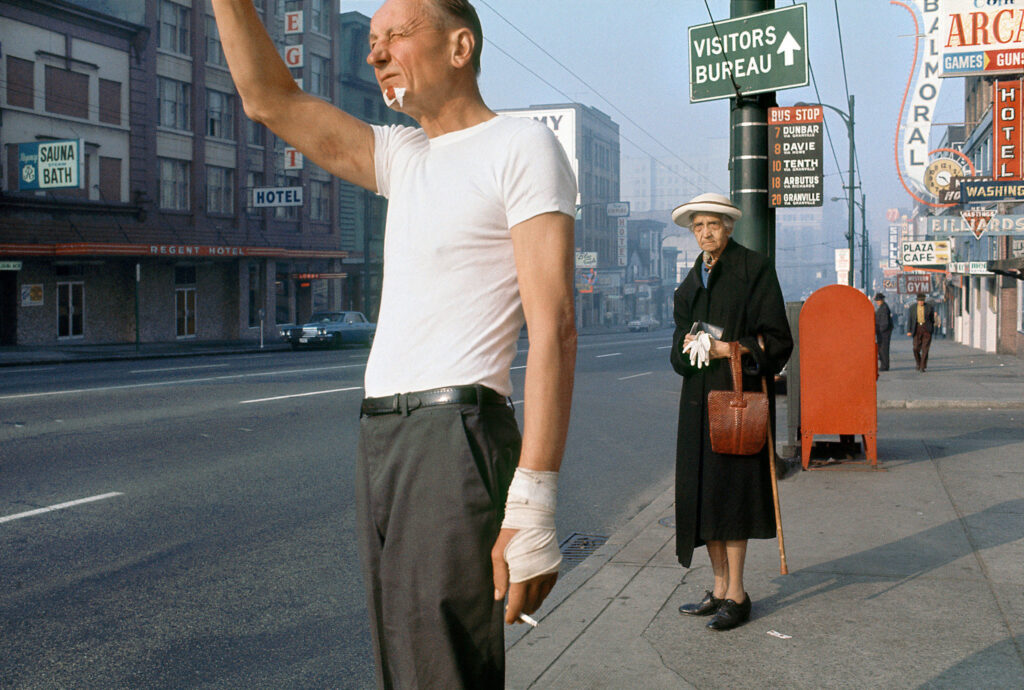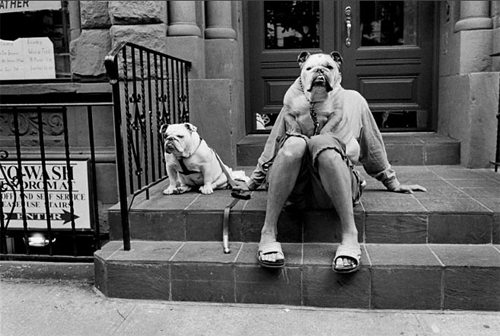The Basic Principles Of Street Photographers
The Basic Principles Of Street Photographers
Blog Article
Street Photographers - Questions
Table of ContentsStreet Photographers Can Be Fun For AnyoneMore About Street PhotographersThe Ultimate Guide To Street PhotographersStreet Photographers Fundamentals ExplainedLittle Known Questions About Street Photographers.
Road photographers do not always have a social objective in mind, however they prefer to separate and capture minutes which could otherwise go undetected.He was influenced by several of those who affected the road professional photographers of the 1950s and '60s, he was not primarily interested in catching the spirit of the road. The impulse to visually document people in public started with 19th-century painters such as Edgar Degas, douard Manet, and Henri de Toulouse-Lautrec, who worked side by side with photographers trying to capture the essence of city life.
Due to the fact that of the comparatively primitive innovation readily available to him and the long direct exposure time called for, he had a hard time to record the hustle and bustle of the Paris streets. He try out a series of photo approaches, attempting to locate one that would permit him to catch activity without a blur, and he located some success with the calotype, patented in 1841 by William Henry Fox Talbot. In comparison to Atget, digital photographer Charles Marville was hired by the city of Paris to produce an encyclopaedic paper of Haussmann's city preparation project as it unfolded, therefore old and new Paris. While the photographers' subject was essentially the exact same, the outcomes were markedly different, demonstrating the effect of the professional photographer's intent on the character of the photos he produced.
Provided the great quality of his photos and the breadth of product, engineers and musicians often purchased Atget's prints to utilize as referral for their very own job, though business passions were rarely his main motivation. Instead, he was driven to photograph every last remnant of the Paris he loved. The mingled enthusiasm and seriousness of his objective luster through, leading to photographs that narrate his own experience of the city, high qualities that expected road digital photography of the 20th century.
5 Easy Facts About Street Photographers Shown
They reveal the city via his eyes. His work and basic understanding of digital photography as an art form offered as motivation to generations of professional photographers that adhered to. The future generation of street digital photographers, though they likely did not refer to themselves therefore, was introduced by the photojournalism of Hungarian-born digital photographer Andr Kertsz.
Unlike his peers, Brassa used a larger-format Voigtlnder electronic camera with a longer direct exposure time, compeling him to be much more computed and thoughtful in his practice than he may have been if making use of a Leica.
Cartier-Bresson was a champion of the Leica video camera and among the first professional photographers to optimize its capabilities. The Leica enabled the digital photographer to communicate with the environments and to record minutes as they happened. Its fairly little dimension additionally helped the digital photographer fade right into the background, which was Cartier-Bresson's preferred technique.
A Biased View of Street Photographers
It is as a result of this fundamental understanding of the art of picture taking that he is typically credited with uncovering the medium all over again roughly a century since its invention. He took photographs for even more than a half century and affected generations of professional photographers to trust their eye and intuition next in the moment.
These are the inquiries I will try to answer: And then I'll leave you with my very own interpretation of street photography. Yes, we do. Allow's begin with defining what an interpretation is: According to (Street Photographers) it is: "The act of specifying, or of making something guaranteed, distinctive, or clear"
No, absolutely not. The term is both limiting and misguiding. Sounds like a road digital photography ought to be photos of a roads best?! And all street digital photographers, except for a small number of outright beginners, will fully value that a road go to this site is not the crucial part to road digital photography, and actually if it's an image of a street with possibly a couple of uninteresting people doing nothing of rate of interest, that's not road photography that's a photo of a street.
Excitement About Street Photographers
He makes a legitimate point don't you think? While I agree with him I'm not sure "candid public digital photography" will certainly capture on (although I do kind of like the term "honest digital photography") because "street photography" has been around for a long time, with several masters' names attached to it, so I believe the term is right here try here to stay (Street Photographers).
Inside?! I hear you scream as you drink your hand to the skies. Why not? You can contend the beach, at a festival, in an alley, in a park, in a piazza, in a cafe, at a museum or art gallery, in a metro terminal, at an occasion, on a bridge, under a bridge ...

Some Ideas on Street Photographers You Need To Know

Report this page